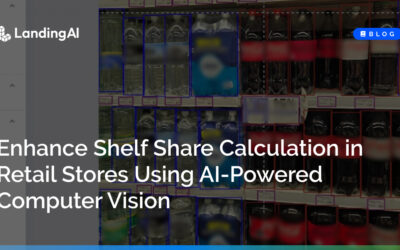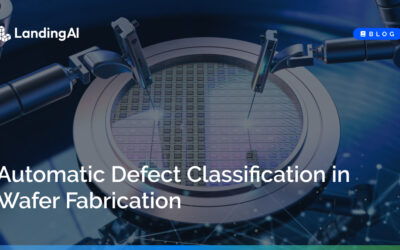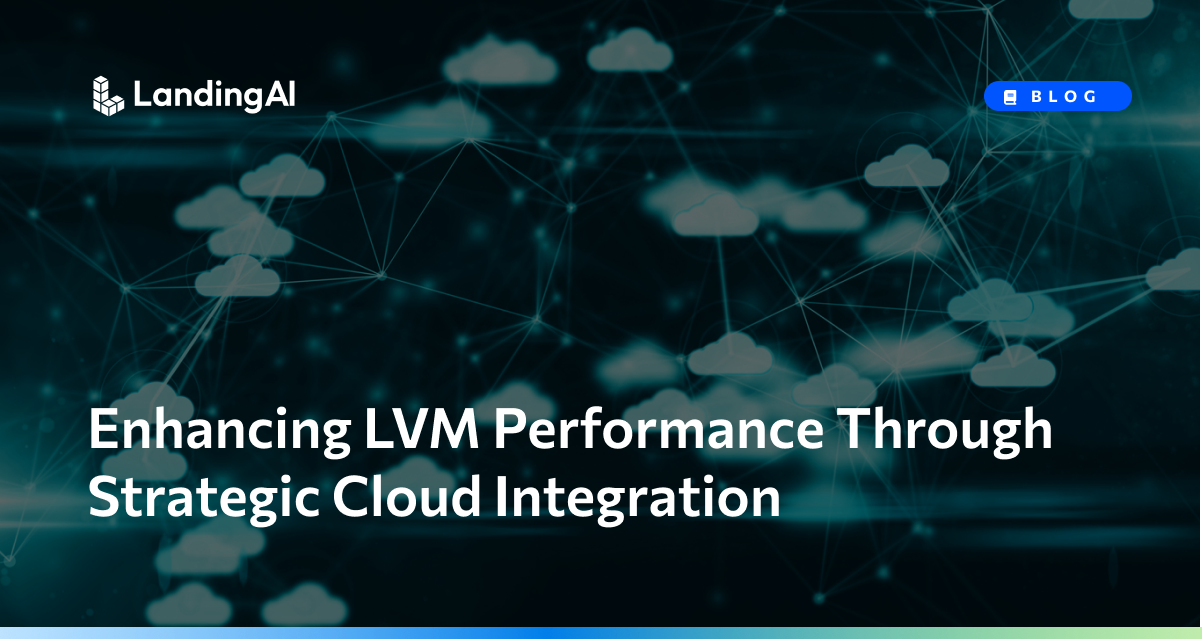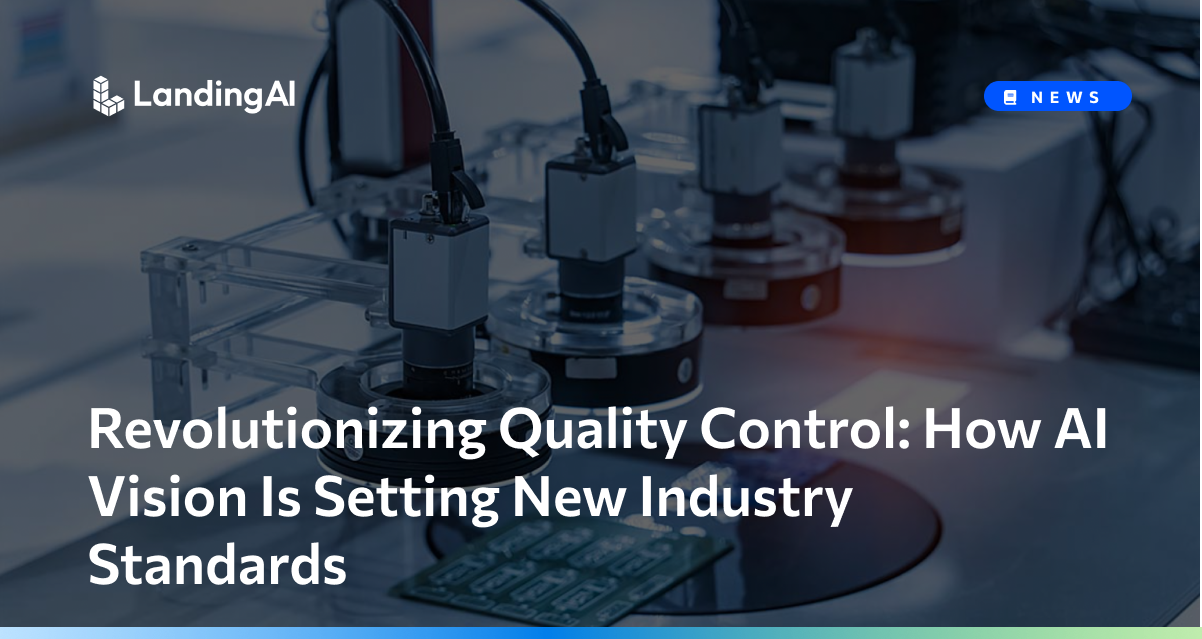Manufacturing Use Cases
See how AI in manufacturing can improve quality and efficiency. The flexible deployment options in LandingLens allow you to seamlessly integrate a LandingLens model into your manufacturing.

Resources
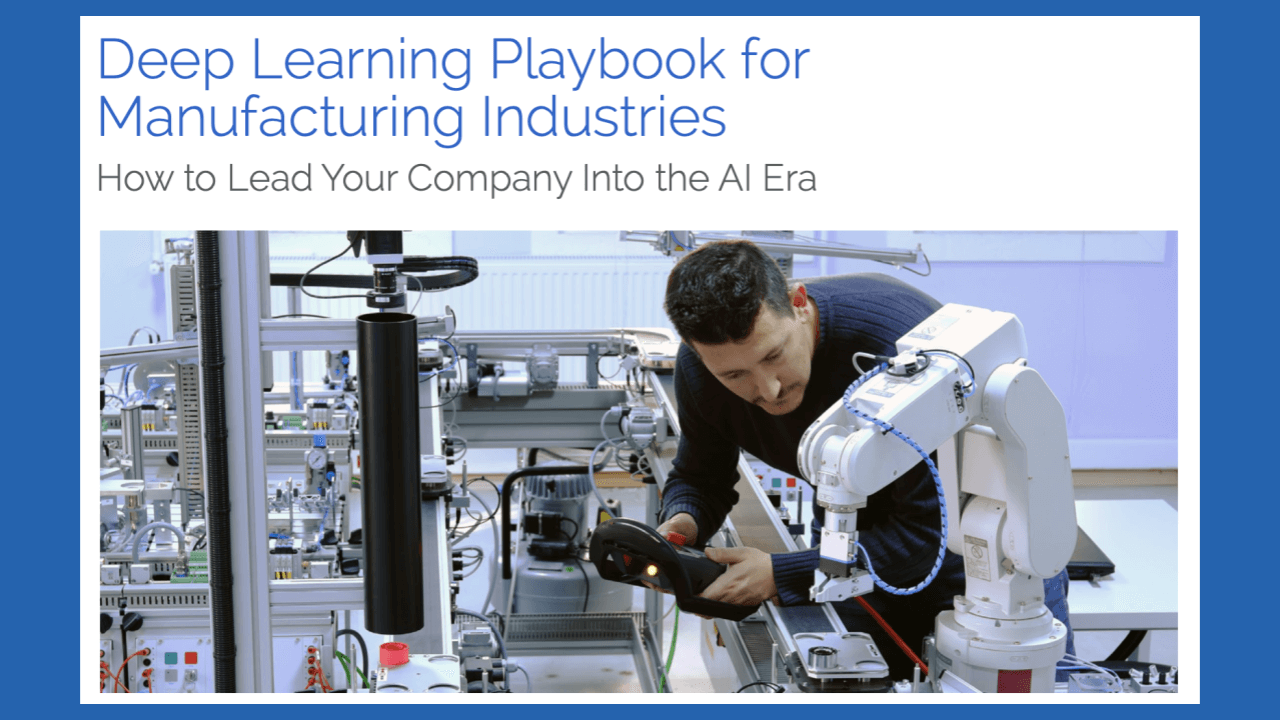
Playbook
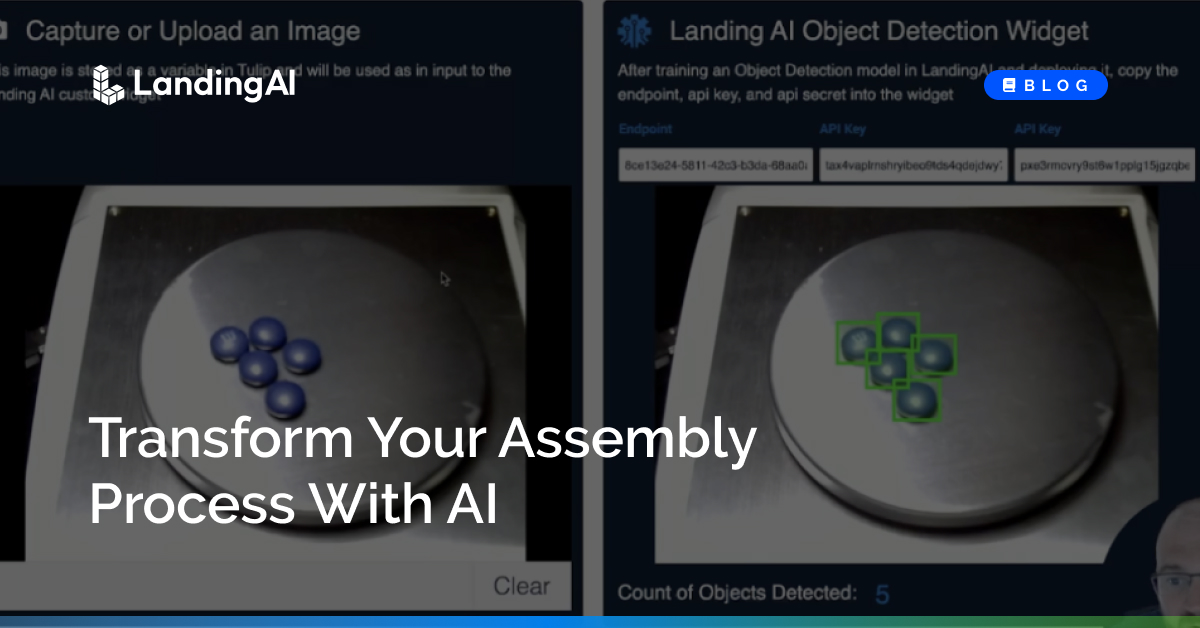
Blog
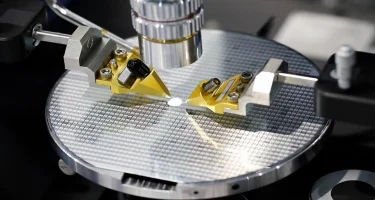
Blog
Automatic Defect Classification in Wafer Fabrication
Case Studies
Landing AI Monthly Newsletter
Stay updated with AI news and resources delivered to your box
